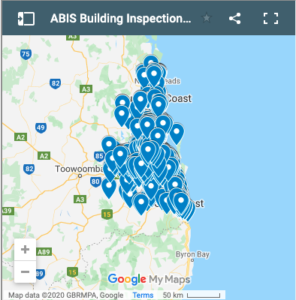Rust

In addition to structural members of ferrous metal such as steel post & piers and steel frames, there are also many metal items supporting structural elements such as stirrups, fastenings and brackets even in dwellings constructed primarily from timber or masonry.
For corrosion or rust to occur, both oxygen and water must be present. Application of paints or other coatings protect surfaces from direct contact with air and water.
Corrosion is defined as the disintegration of a material due to chemical reactions with its surroundings particularly in reaction with water and oxygen. Weakening of iron due to oxidation is a well-known example of electrochemical corrosion or rusting which typically produces oxides and/or salts of the original metal.
Most structural alloys corrode merely from exposure to moisture in the air. Corrosion can be concentrated locally to form a pit or crack, or it can extend across a wide area to produce general deterioration.
Galvanic Corrosion:
Galvanic corrosion occurs when two different metals electrically contact each other. The more active metal will corrode at an accelerated rate whereas the less active metal will corrode at a retarded rate.
WIKIPEDIA ENTRY FOR CORROSION.





